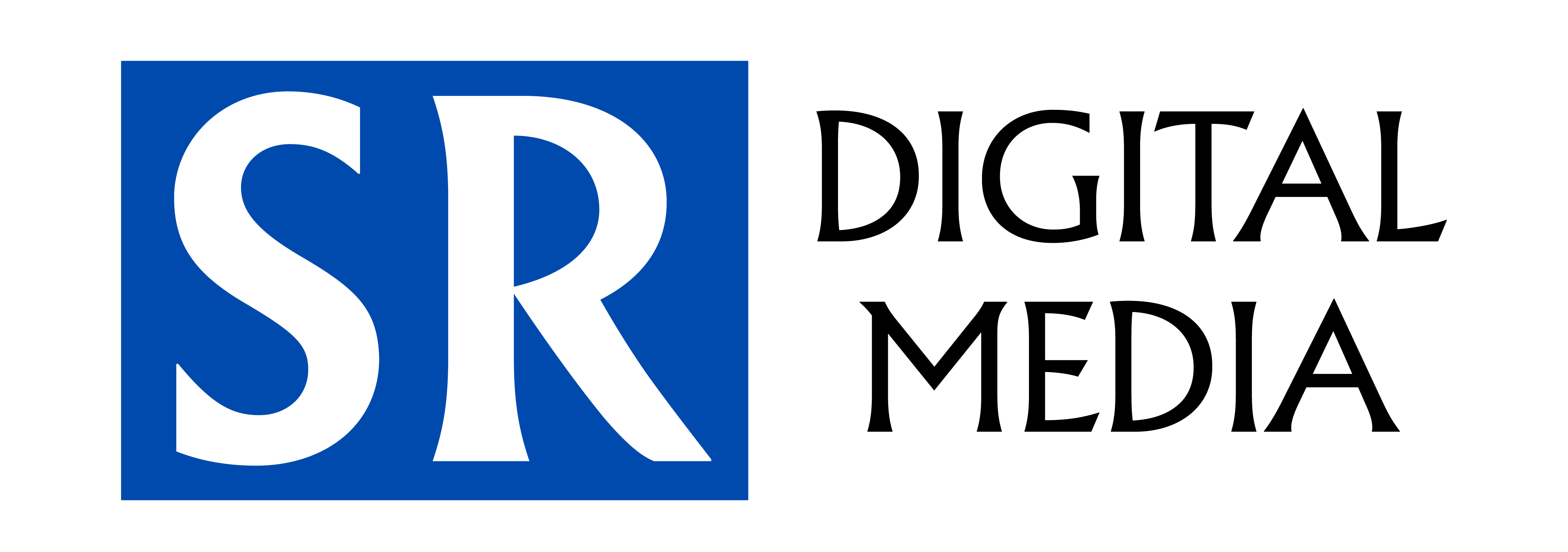
The leaders of the Council for the Development of Cambodia (CDC) met with representatives of US business interests and US embassy charge d’affaires on March 26. CDC
American investors have expressed a strong interest in direct investment in Cambodia, thanks to the government’s efforts to consistently address various challenges and arrange annual dialogues between the public and private sectors, both at the technical and policy levels.
The 2nd Cambodia-US Public-Private Sector Dialogue took place on March 26, at the Council for the development of Cambodia.
In attendance were Sun Chanthol, first vice-president of the CDC and US embassy charge d’affaires. It followed the first dialogue, held in September last year.
The meeting also saw the participation of representatives of several government institutions, the American Chamber of Commerce (AmCham Cambodia), the US-ASEAN Business Council (US-ABC), private sector representatives in Cambodia and several experts.
According to the CDC, the dialogue focused on 1) regulations and standards related to investment, 2) factors to enhance the potential for U.S. investment in the Cambodian market and 3) procedures and mechanisms for investment facilitation and addressing other challenges.
Chanthol explained that the purpose of the dialogue was to listen to and discuss solutions to the concerns of American investors in Cambodia.
It was part of a broader effort to maintain and strengthen the confidence of both existing and new investors, through effective communication between the government and the private sector at both policy and technical levels, in order to find solutions to various challenges.
He also noted that Cambodia is experiencing rapid growth in both foreign direct investment and international trade. Notably, in 2024, the CDC broke its own record, with the approval of 414 investment projects.
“This number is a clear indication of the effectiveness of Cambodia's investment law and the government's policies to support private sector investment, as the government views this sector as a key engine for driving national economic growth,” explained Chanthol.
He highlighted that Cambodia's success in 2024 was also due to the continuous improvement of its legal system and the digital transformation of CDC operations, such as the use of the Cambodia Investment Project Management (cdcIPM) system and the enhanced e-signature function that allows for more flexible approval of investment projects from anywhere at any time via the internet.
Through the dialogue, American investors expressed their positive response to the attention paid by the government and their optimism about the government's willingness to listen to their concerns and exchange ideas based on past experiences discussed during the first meeting.
American investors expected that after the second dialogue, they will continue to see positive outcomes in terms of legal procedures and related standards.
According to the CDC, from 1994 to January 2024, American investment in Cambodia totaled more than $1.077 billion. Most American companies have invested in agriculture, agro-industry, manufacturing and tourism.
Cambodian Chamber of Commerce vice-president Lim Heng told The Post on March 27 that the US is an important trade partner for the Kingdom, consistently purchasing goods worth billions of dollars annually.
This successful cooperation has provided significant benefits to Cambodia's economy, even though the number of American investors in Cambodia is relatively small compared to those from countries like China and Vietnam.
“Although the number of American investors in Cambodia is not as high as some other countries, the US plays a crucial role in purchasing goods from Cambodia,” said Heng.
“The process of solving issues and building trust has helped Cambodia attract more investment,” he added.
The General Department of Customs and Excise reported that in 2024, bilateral trade between Cambodia and the US totaled $10.18 billion, up 11.2% on 2023. The Kingdom exported $9.92 billion to the US, an increase of 11.4%, while US imports amounted to $264.15 million, a rise of 2.7%.
In the first two months of 2025, bilateral trade between the two countries totaled $1.675 billion, a 25% increase, with exports to the US at $1.626 billion, up 25.4%, and imports amounting to $48.76 million, an increase of 34.6%.












